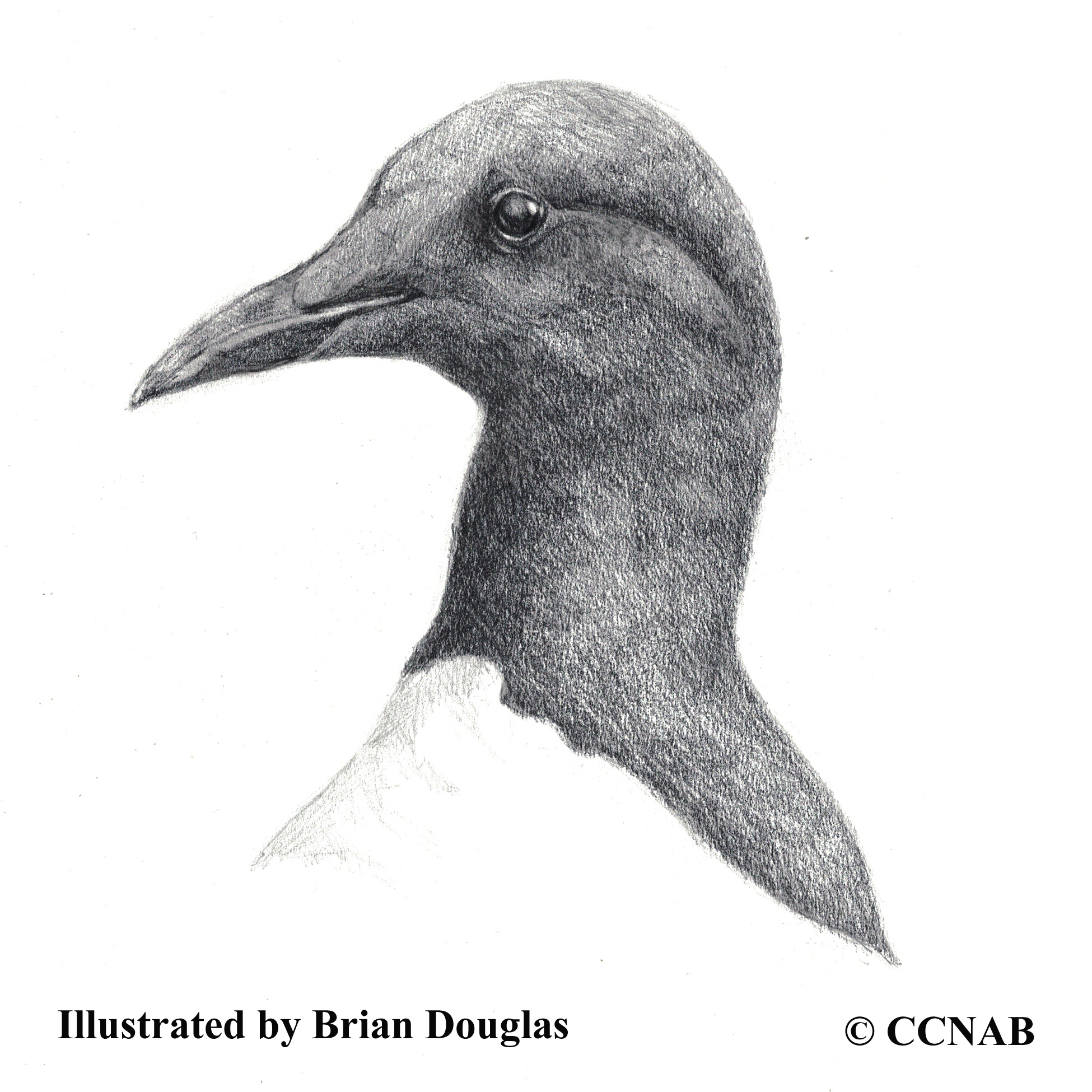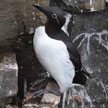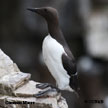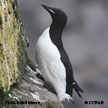Field Guide for all the Birds of North America
Murres
Guillemots
Alcidae
Information, images and range maps on over 1,000 birds of North America, including sub-species, vagrants, introduced birds and possibilities
North American Bird Search Box
The murres are members of the auk family and in North America there are two species of this seabird. The Common Murre and the sub-species Bridled Common Murre are regarded as the same species. These two birds are distinguished apart by a white ring around the eyes which continues to the back of the head of the Bridled Common Murre, whereas the Common Murre has no white marking on its face.
The Thick-billed Murre is the second type.

This bird is of a similar size to the Common Murre with the same black and white colouring. It is identified by its larger bill and a white line starting from the corner of its bill to below its eyes. Also, the Thick-billed Murre has a larger head and not as straight of an upright profile as the Common Murre when they are seen standing.
The murres form huge colonies that number in the high thousands. These large numbers can be seen in their nesting areas. The mature murres will gather by the thousands on cliff walls and their juveniles gather in rafts of thousands in the waters below.
Reference to Other Bird Site:
ABA - American Birding Association This site represents an organization that maintains official records of all birds species that have been proven to have been seen inside the perimeters of the North American Continent and the surrounding bodies of water. Regular revised versions are posted to keep the bird list current at all times. This is the list used by all serious birders over their lifetime. You may be aware of the movie called the "Big Year". It was with this list that all the competing birders used in an attempt to set a new record as to how many bird species that could be seen by an individual birder in one calendar year.


